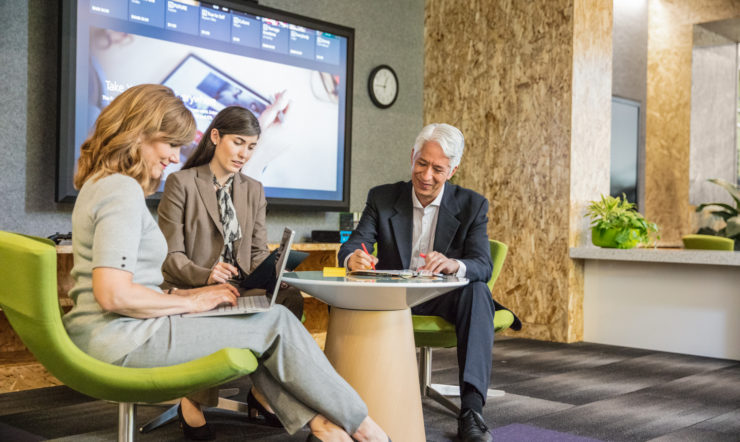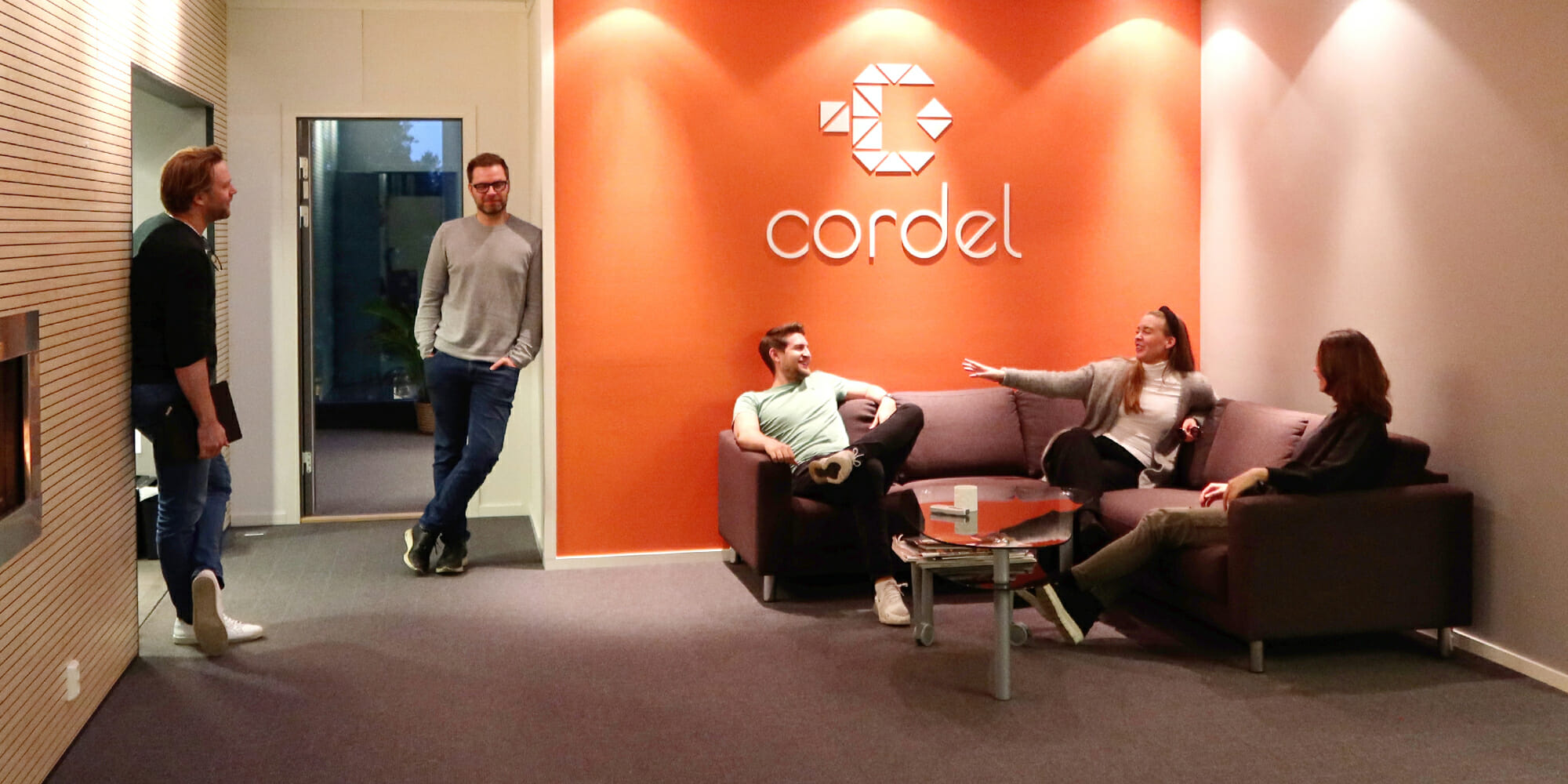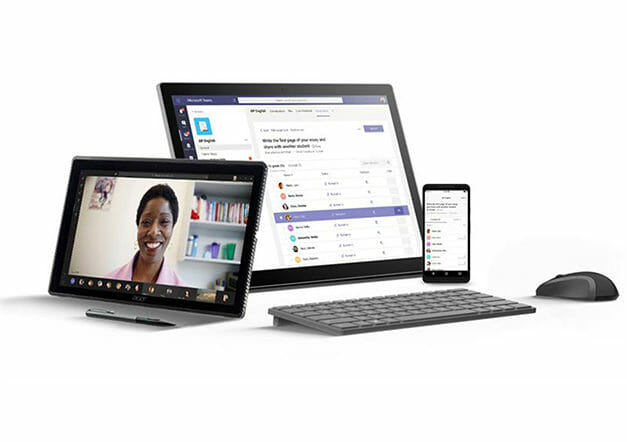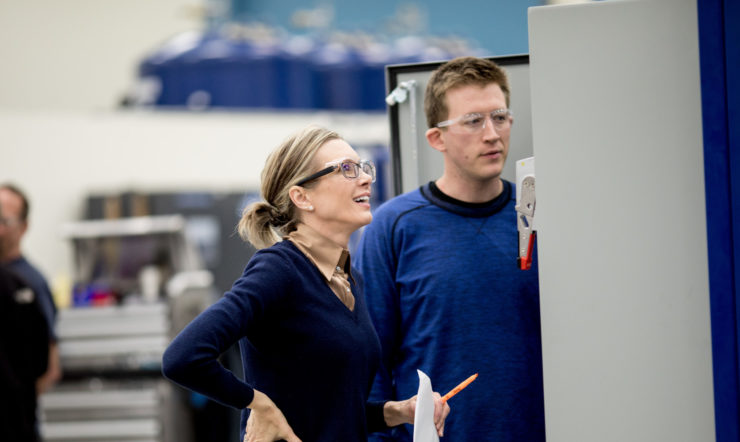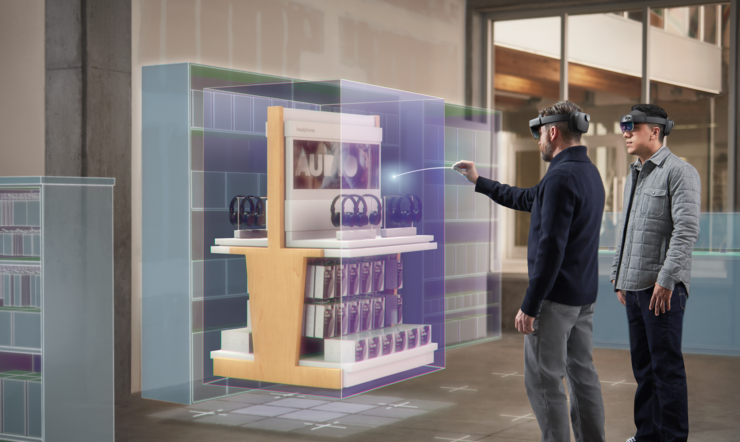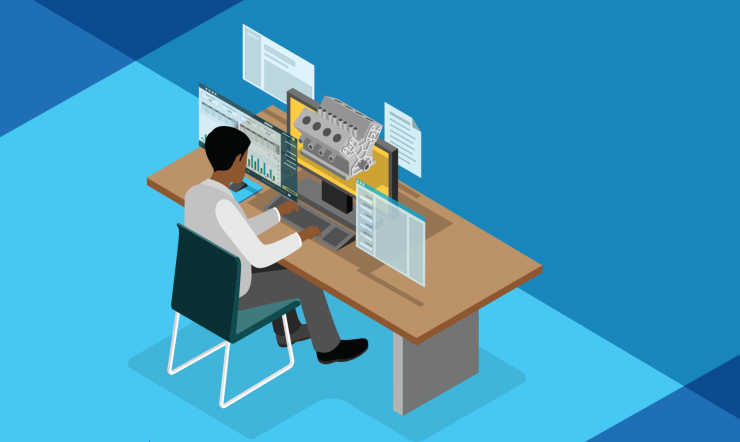“It’s our vision to become the preferred solution for the building and construction sector in Norway and Sweden by 2022.”
Thorbjorn Jenssen, Consultant Manager at Cordel, is outlining the Norwegian software company’s bold plans to dominate the sector in the next few years.
Cordel provides innovative digital tools that handle administrative tasks for the construction industry. But the company realized that to meet its ambitious target, it would have to undertake an ambitious modernization program of its own. “When our user base began to grow,” Jenssen says, “we knew that to accomplish our goal, we needed to modernize our infrastructure so we could scale efficiently and securely.”
And scale wasn’t the only challenge. The construction sector is undergoing a major transformation; new government requirements are being introduced all the time, and there is an increasing focus on ensuring processes are sustainable. Cordel understood that the solution it delivers to its users would have to be flexible enough to adapt alongside a fast-changing industry.
“We chose Windows Virtual Desktop (WVD) at an early stage,” says Jenssen. “The idea was that it would help many of our customers cut costs, as well as making sure that our software was running without being hindered by external solutions we have no control over.”
The time comes to modernize a decade-old solution
When Cordel was founded back in 1995, it had a simple aim: to make small and medium-sized businesses in the building and construction sector more competitive by providing an administrative solution that’s both efficient and helps to reduce costs for its users.
“The goal was to relieve our clients of the need to have their own environment,” says Jenssen.
Since then, the company has grown to be one of the most-used software systems by the sector in Norway. By delivering an end-to-end solution, it assists businesses with all administrative tasks from bidding and invoicing, to project planning and progress monitoring.
At its core, Cordel works to help clients cut costs by providing a smart, simple solution, which can be combined with a range of IT applications and has many functions for data exchange and integration.
But over the years, its systems had become increasingly less efficient. Prior to migrating all its operations to the cloud, the infrastructure caused unpredictable spikes in costs when scaling. Jenssen and his team had to continually add external applications to meet the growing needs of its users, so there was a heavy resource requirement per client. This resulted in the team expanding from 40 to 60 employees in the space of a couple of years
“With increased demand from our growing userbase, we had to be forward-leaning,” Jenssen says. “We decided to transfer our solution to an Azure cloud-based platform, and we chose Microsoft Windows Virtual Desktop because we knew it had reliable tech that scaled well.”
The long-awaited move gets the green light
In November of 2019, Cordel started to migrate operations to the Azure cloud, integrating Windows Virtual Desktop. “The whole process moved so quickly,” says Anders Bjørnrud, IT Operations Team Lead at Cordel. “We didn’t have the time to really understand the Microsoft Azure technology and Microsoft Windows Virtual Desktop integration we were implementing, not only in terms of its infrastructure, but also as a service.”
So, it enlisted the help of Crayon, a Microsoft partner Cordel has worked with for many years. Crayon assumed an advisory role within the project, complimenting the work of Cordel’s consultants, offering support, providing technical expertise to build the cloud architecture and helping solve any technical problems they ran into.
At the beginning of 2020, Cordel had its first pilot customers migrated to the cloud, running on Windows Virtual Desktop. When the COVID-19 pandemic struck in March, the number of users in the cloud continued to grow despite the ongoing crisis. By Q3, it had already passed 1200 users in its production environment.
When Cordel transformed its solution to a cloud-based infrastructure, it used the technology in a completely unique way, as a hybrid SaaS platform. “The new remote app solution was a gamechanger for us. It removed the headache of needing to maintain external resources,” explains Bjørnrud. “It brought with it a whole host of benefits for our team at Cordel and our user base.”
The cloud proves to be time and cost-efficient
“To put it simply,” says Jenssen, “the Windows Virtual Desktop integration has relieved our clients of the need to have their own environment as a local server or cloud.” Aside from allowing Cordel software to run without the impediment of external solutions it can’t control, it has also helped users to cut costs and work more efficiently.
This Azure-based system now provides a higher quality experience overall for its users which is more intuitive. By implementing Microsoft Windows Virtual Desktop, Cordel is now able to automate the onboarding of new clients, a process which is now 50% faster than before.
Security has also been hugely improved with the new monitoring system that comes with the new infrastructure, helping Cordel to catch possible errors much more easily. “In some instances,” says Jenssen, “we’ve informed our users that a problem has been solved before they’ve reported it to customer support.”
With the transition to Azure Active Directory, users have more control over their accounts. They can now log in to the system from anywhere, any time and on any device to access applications, improving flexibility and accessibility for an industry of workers who are always on the move.
Implementing Windows Virtual Desktop has vastly improved internal operations too. The new infrastructure in Azure means the environment benefits from automated maintenance and scaling.
“The new hybrid SaaS platform has really helped reduce the stress for our internal teams,” says Jenssen. “Any issues with physical hardware and networking equipment we previously might have had, has been handed over to Microsoft Azure. Our Operations team no longer has to shoulder that responsibility.”
Since moving to the cloud-based platform, Cordel’s new model has also helped to keep its own costs low and predictable each month. “We’ve seen a big reduction in our infrastructure costs with Windows Virtual Desktop, compared to running our network in the local datacenter,” explains Jenssen. “This is a major win for Cordel.”
Edging closer to dominating the sector
Over the coming years, Cordel’s main goal is to move all its users onto the cloud as this will help to cut costs even further. Although it still has a long way to go, it’s already moved around 25% of its userbase; a userbase that is ever growing.
“In the near future, there are three main goals we are focusing on,” explains Jenssen. “We want to move all our customers to the cloud, create a solution that all our customers are satisfied with, and finally, become Norway’s best place to work.
“Moving to the Azure cloud with Windows Virtual Desktop has helped us to get even closer to accomplishing these goals.”
